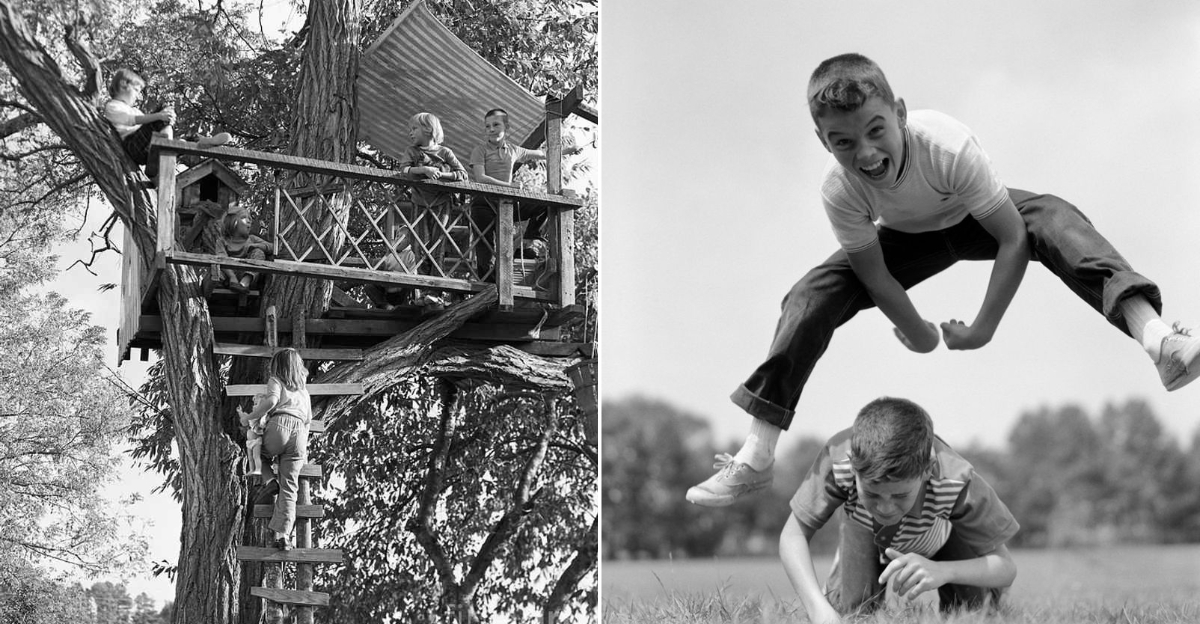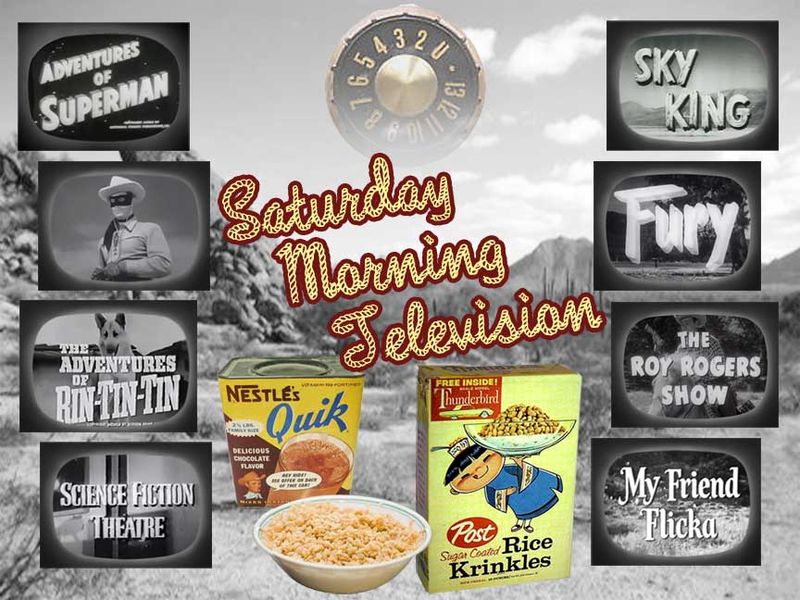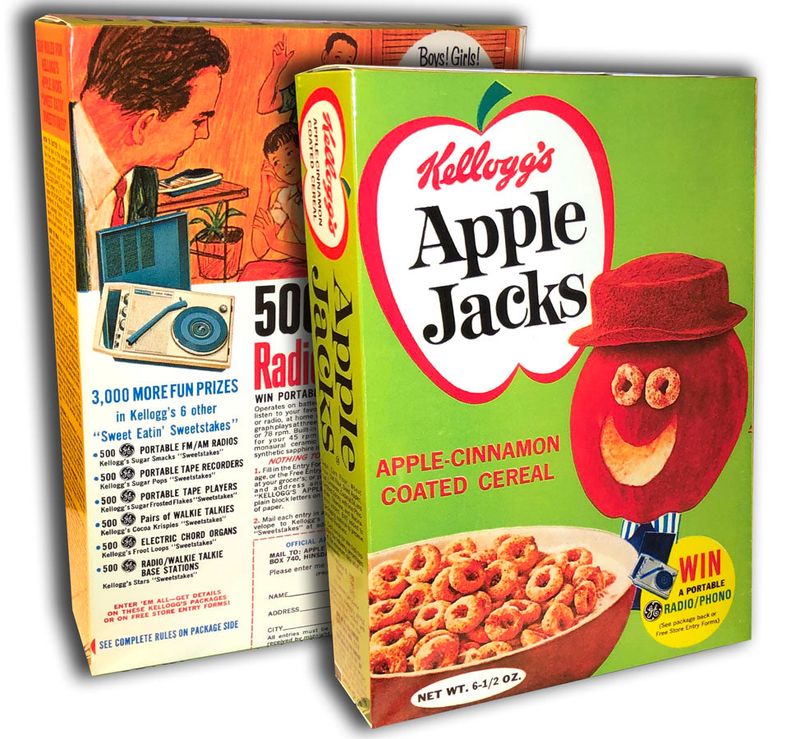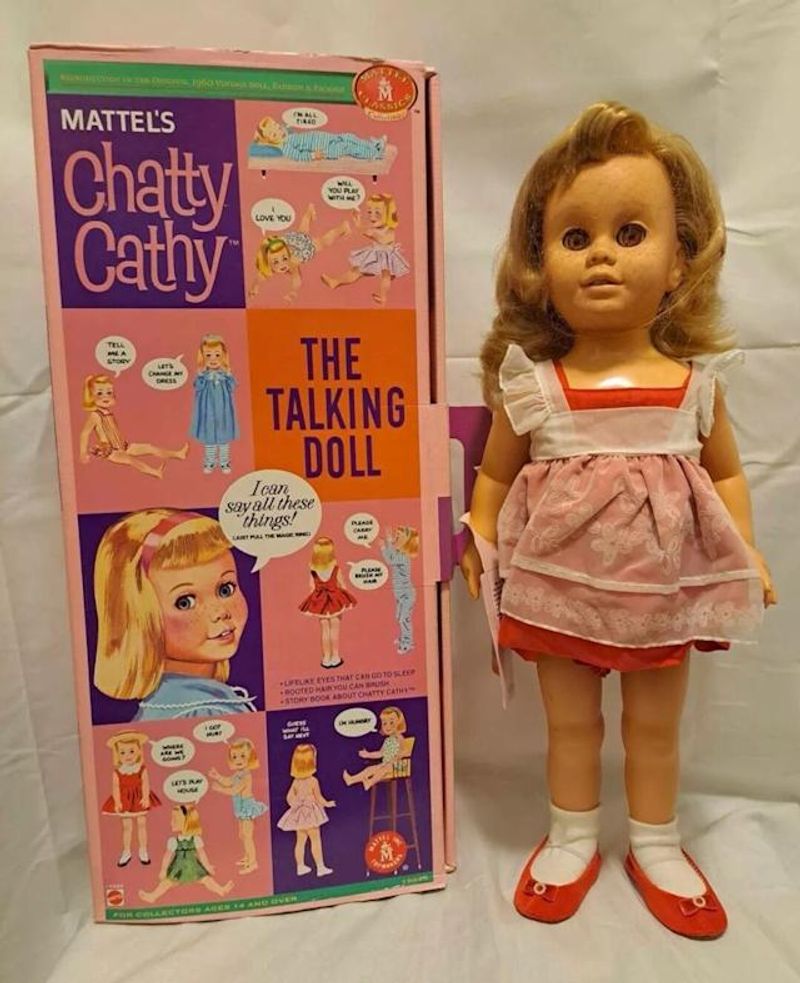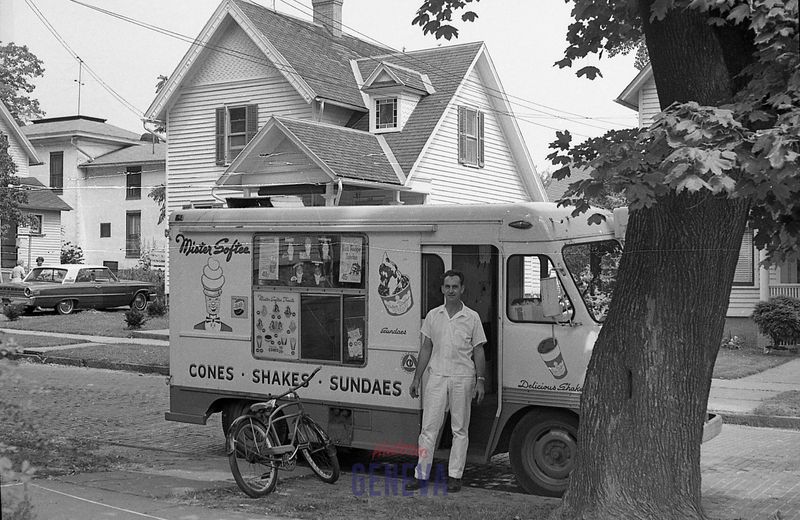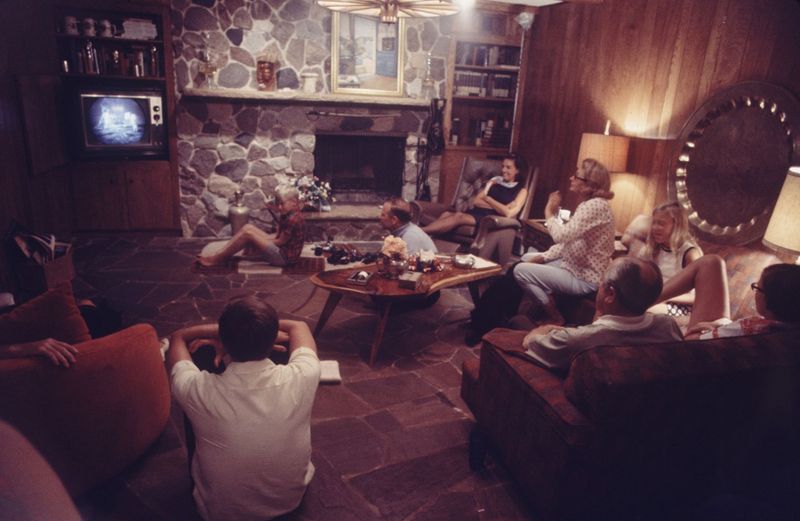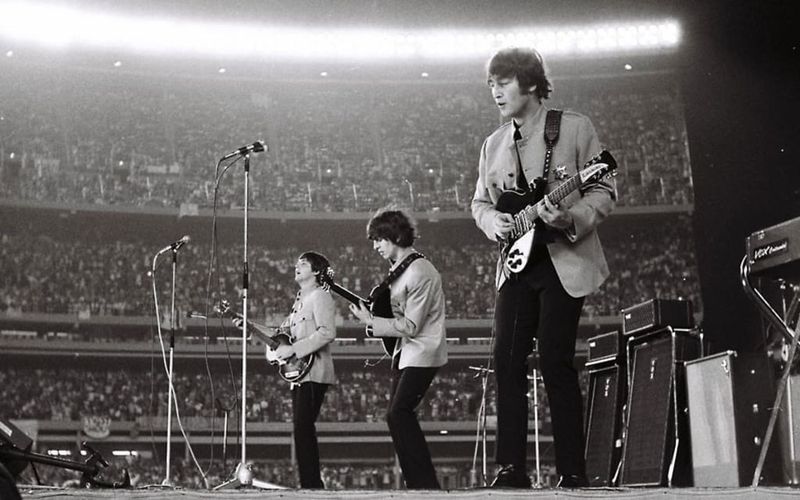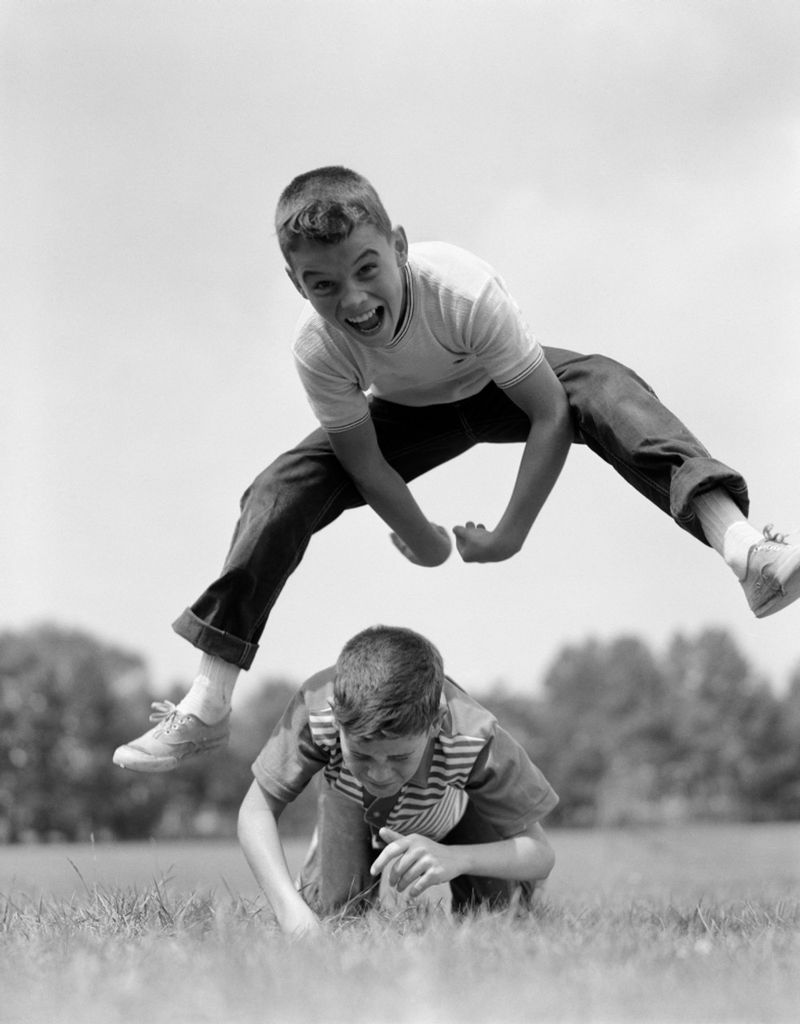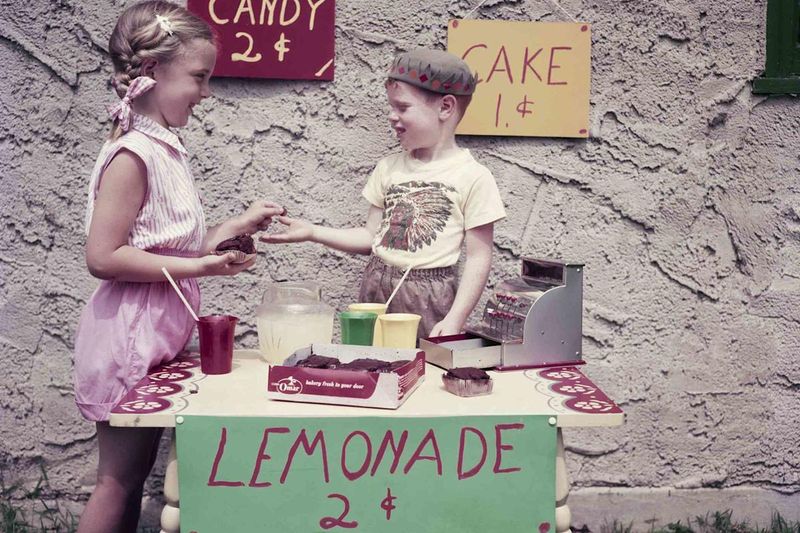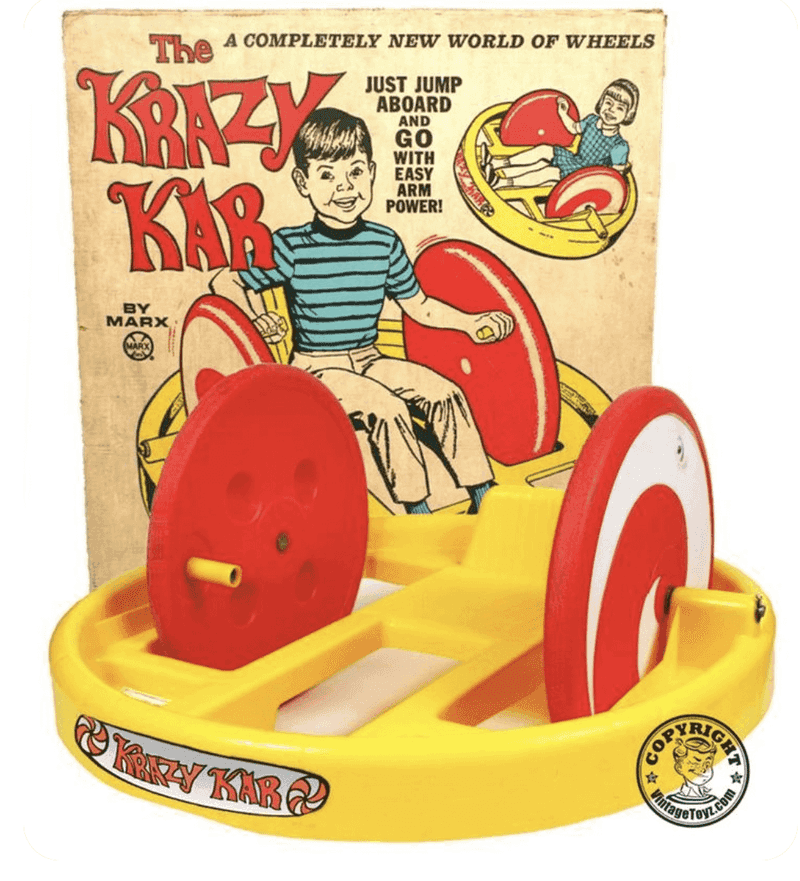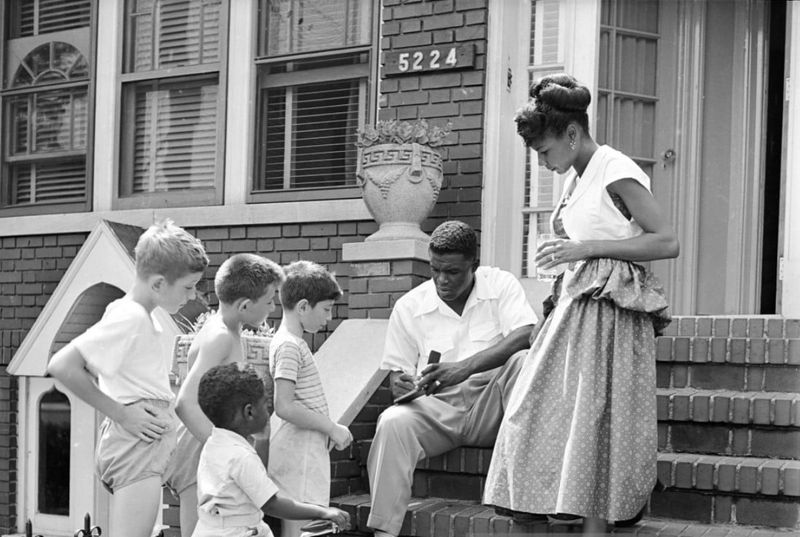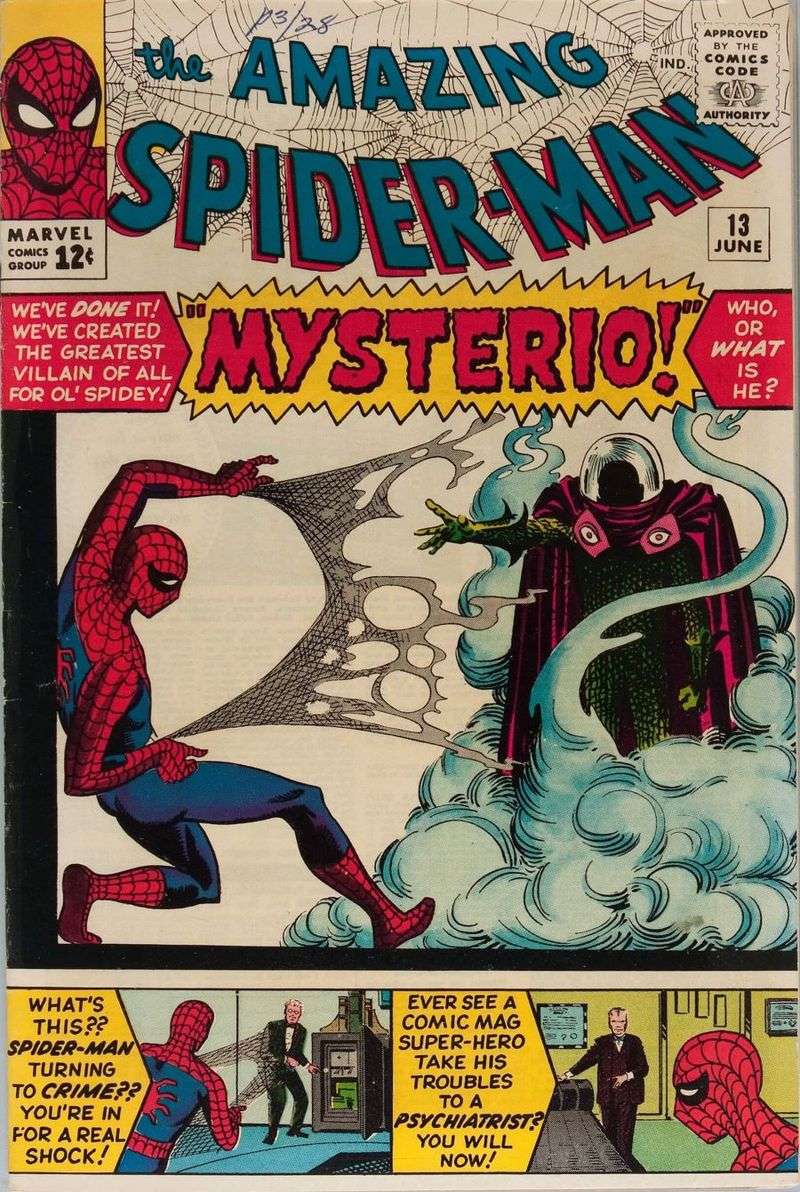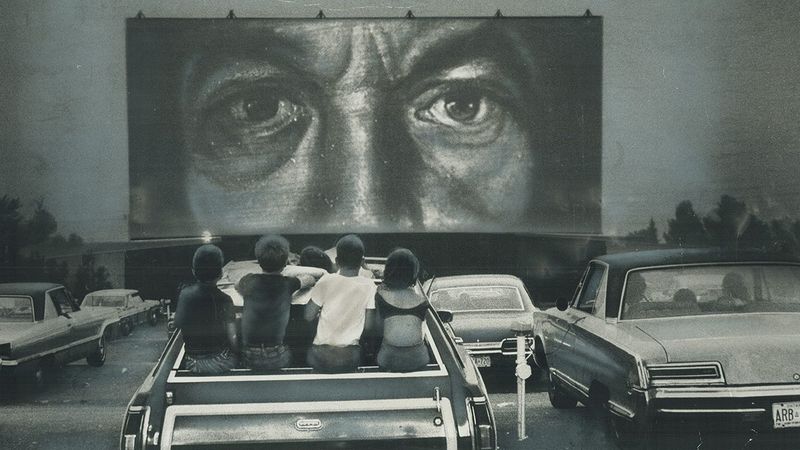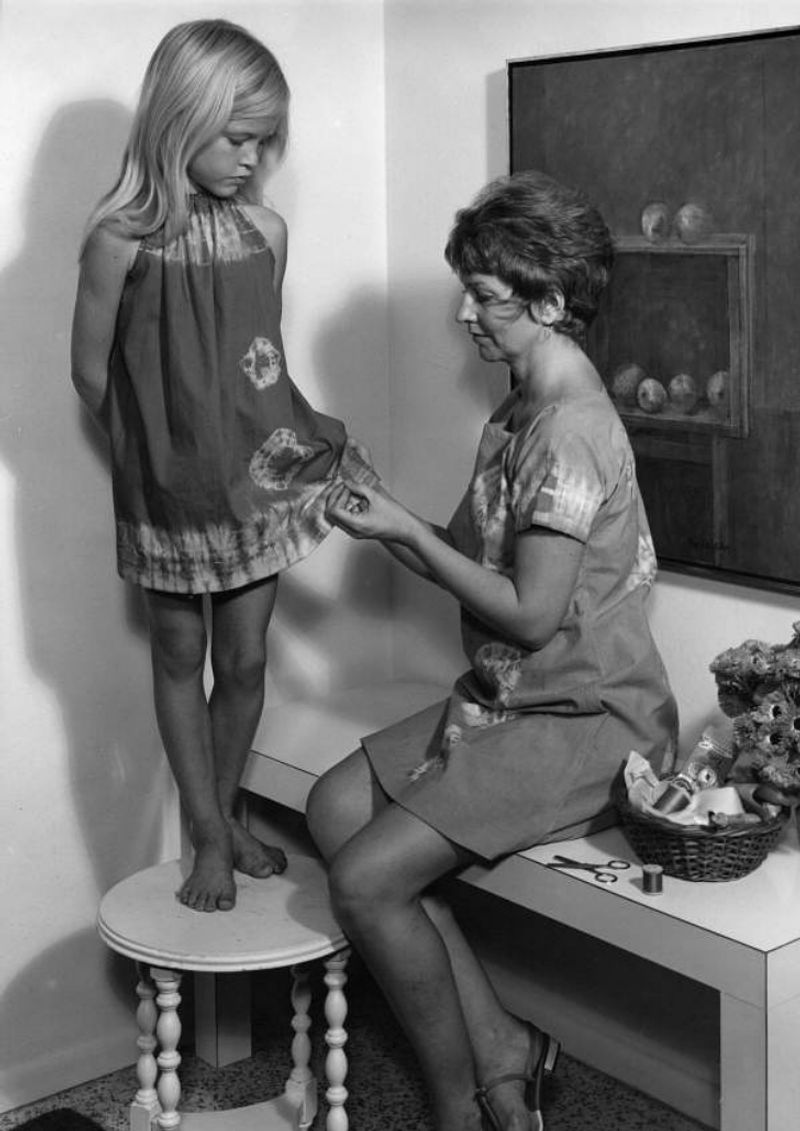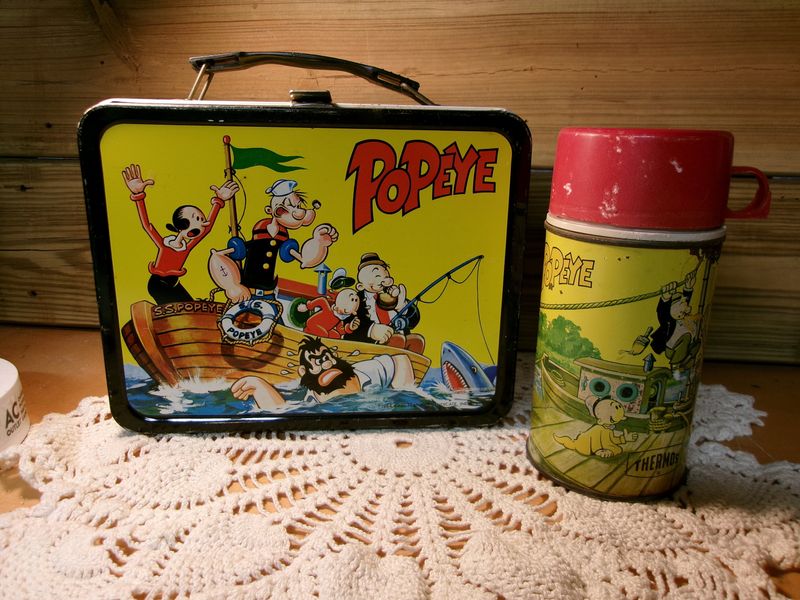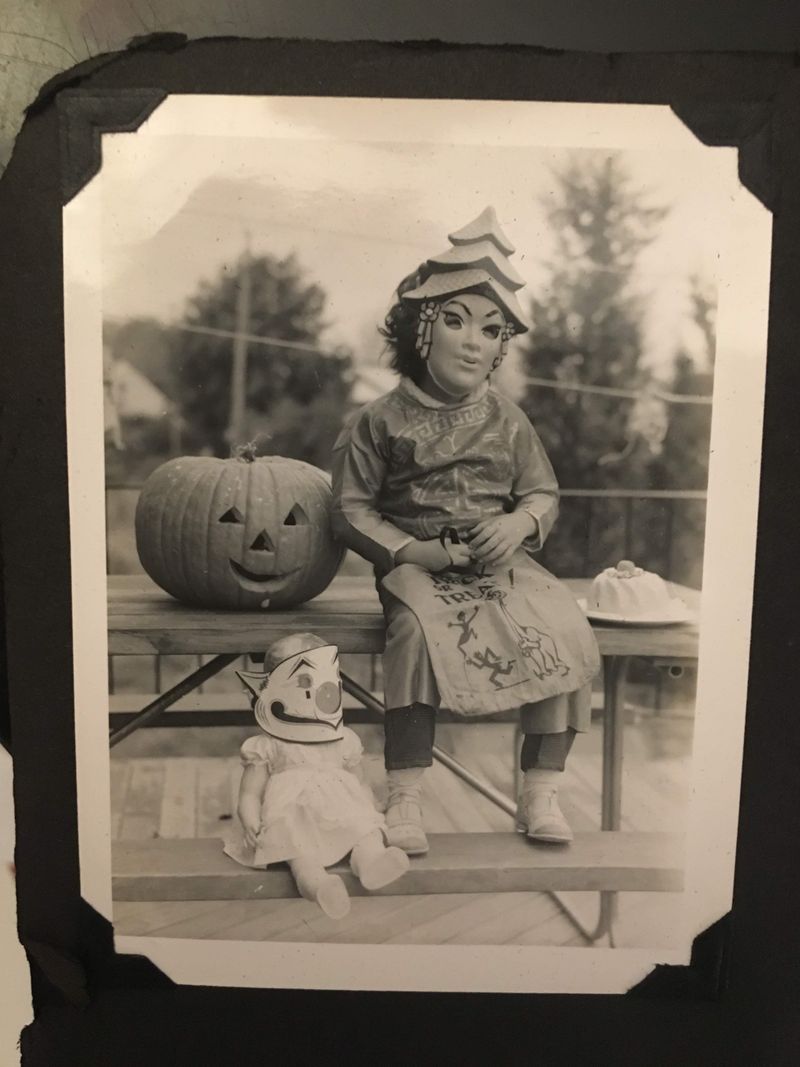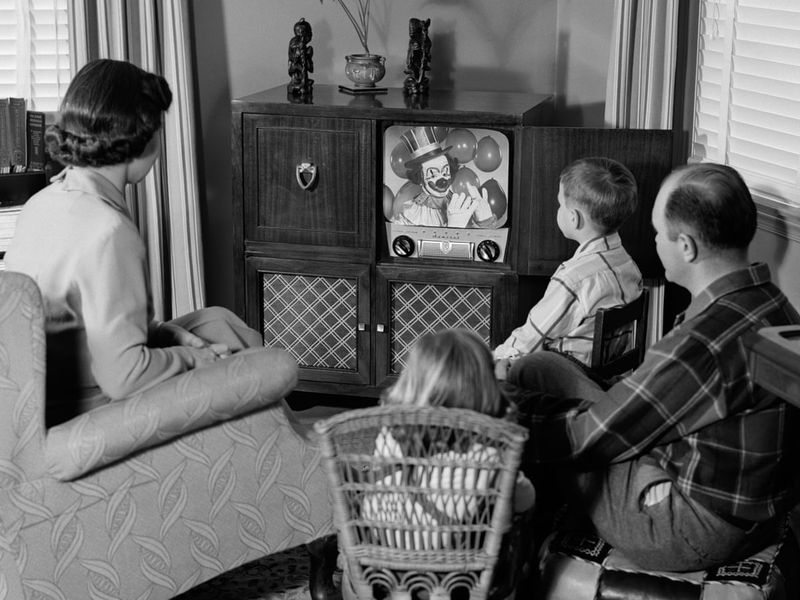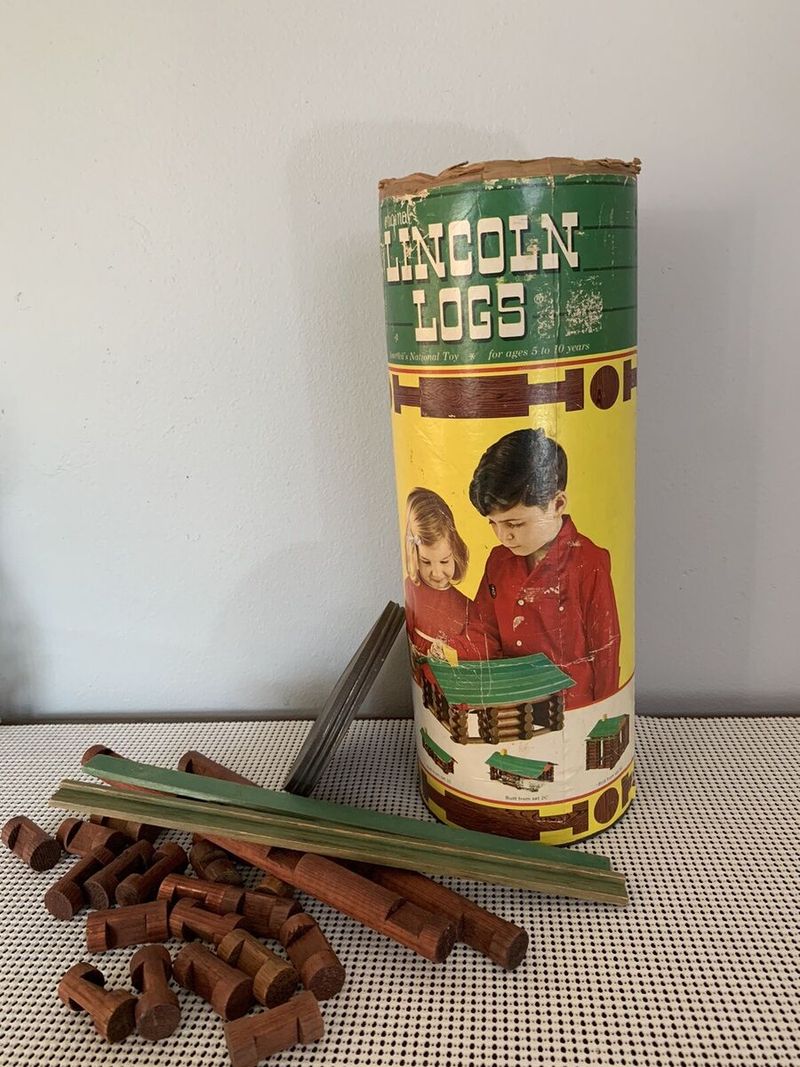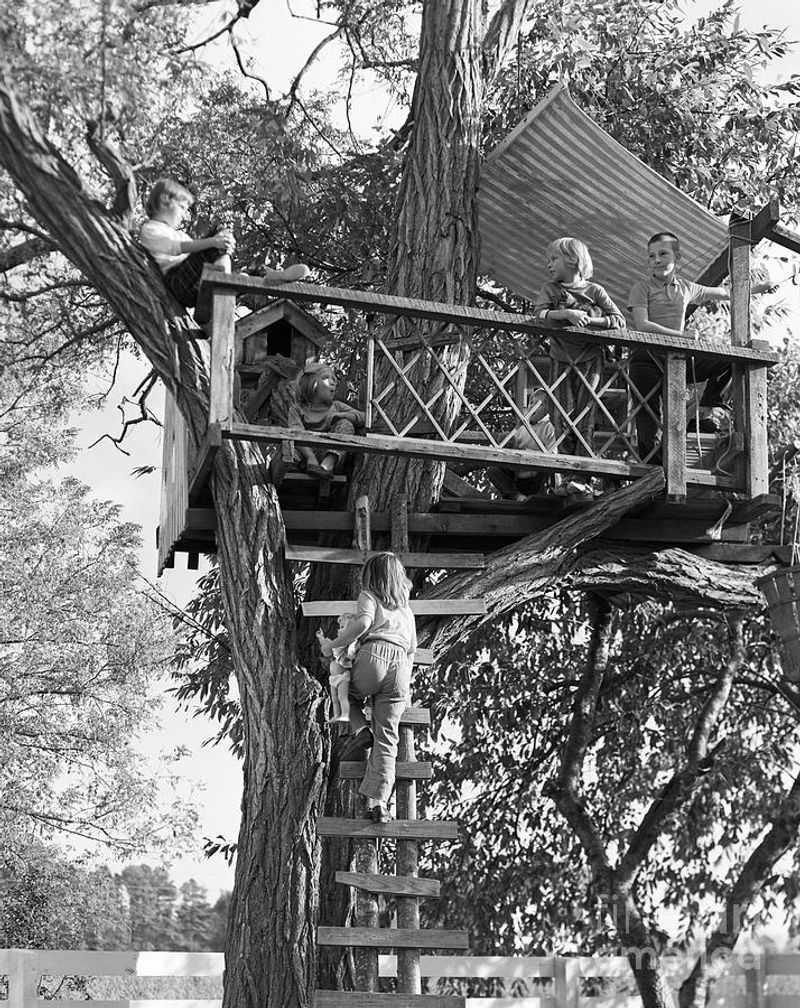Before smartphones, streaming, and social media, childhood was ruled by imagination, fresh air, and a touch of psychedelic wonder. If you were lucky enough to grow up in the 1960s, you know it was a golden age of play, music, freedom, and Saturday morning magic. Here’s why being a kid in the ’60s was simply the best.
1. Saturday Morning Cartoons Were Sacred
Saturday mornings in the ’60s meant a ritual almost every child eagerly anticipated. Grabbing a bowl of sugary cereal, kids would rush to the TV to catch their favorite cartoons.
Whether it was The Flintstones or Scooby-Doo, these shows were a weekly event. No streaming services; you had to show up or miss out.
It was a time of shared laughter and wonder, with no on-demand viewing to spoil the fun. This sacred tradition fostered a sense of community among children, all tuning in at the same time to experience the magic together.
2. You Could Order Real Toys Off the Back of a Cereal Box
Every breakfast was an opportunity for surprise. Cereal boxes in the ’60s offered more than just food—they promised adventure.
From secret decoder rings to submarine kits, these mail-order treasures added suspense to the morning routine. Kids would eagerly collect box tops, dreaming of the day their package would arrive.
The wait was part of the excitement, teaching patience and anticipation. It was a simple joy that added magic to mealtime, turning an ordinary bowl of cornflakes into a gateway to wonder.
3. You Had the Coolest Toys Ever Invented
The 1960s were a golden era for toys, with innovations that sparked endless creativity. Who could forget the thrill of Rock ’Em Sock ’Em Robots going head-to-head?
Easy-Bake Ovens turned every child into a mini chef, while Creepy Crawlers let kids craft their own plastic insects. These toys were hands-on and noisy, inspiring imagination without needing a screen.
They provided hours of entertainment, fostering skills and friendships. The toys of the ’60s were more than just playthings; they were gateways to adventure and creativity.
4. Ice Cream Trucks Played Real Music
The jingle of the ice cream truck was a siren call that echoed through neighborhoods. Kids would sprint barefoot, coins clenched in tiny fists, eager for a taste of summer.
Push-Up Pops, Bomb Pops, and other frozen delights awaited. It was more than just a treat; it was an event.
This simple pleasure was a rite of passage, a shared experience that brought communities together. The music was a symbol of joy, signaling the arrival of happiness on wheels.
5. You Could Watch the Moon Landing with Your Whole Family
In 1969, families huddled around grainy televisions, witnessing history as Neil Armstrong took humankind’s first steps on the moon.
This moment united households, turning living rooms into spaces of awe and inspiration. It was a shared experience that transcended generations.
Watching the moon landing was not just about viewing a scientific achievement; it was about feeling part of something larger, something that stretched beyond the confines of Earth. It was a time when anything seemed possible.
6. Music Was Mind-Blowing—Even for Kids
The ’60s were a revolutionary time for music, with sounds that resonated with even the youngest listeners. From The Beatles to The Monkees, music was an integral part of life.
Kids would twirl to the rhythms of Motown, lip-syncing into hairbrush microphones. Songs played on radios at diners and on record players at home.
Music shaped identities and brought people together, providing a soundtrack to the joys and challenges of growing up. It was a time when melodies were magical, and every record was a new discovery.
7. Play Meant Going Outside Until the Streetlights Came On
The freedom of the ’60s was embodied by kids playing outside until the streetlights came on. Bicycles were more than just transportation—they were a ticket to adventure.
Treehouses became castles and hide-and-seek games stretched for hours. Parents trusted their children to explore and create their own worlds.
This era of outdoor play encouraged imagination and independence, with no helicopter parents in sight. It wasn’t just about play; it was about learning, growing, and embracing the joy of discovery in the great outdoors.
8. Summer Meant Sprinklers and Lemonade Stands
Summer in the ’60s was uncomplicated and delightful. A garden hose turned into a backyard sprinkler, providing endless fun on hot days.
Lemonade stands were a common sight, with hand-painted signs and homemade refreshments. These simple pleasures were the cornerstone of summer vacations.
Children learned entrepreneurship and community spirit, engaging with neighbors who stopped by for a refreshing drink. It was a season of laughter, play, and the pure joy of childhood.
9. You Learned to Drive on a Sit-N-Spin or Big Wheel
Before power wheels and video games, there were Sit-N-Spins and Big Wheels. These were the vehicles of choice for young adventurers.
Kids would race down sidewalks, feeling the exhilaration of speed, mastering steering and control. It was a rite of passage, instilling confidence and freedom.
These toys taught balance and coordination, turning driveways into racetracks and sidewalks into highways. It was a time when imagination fueled every ride, and the world was wide open.
10. You Actually Talked to Your Friends—in Person
In the ’60s, friendships were built face-to-face, not through screens. Kids knocked on doors or called on rotary phones with 20-foot cords.
Conversations happened in person, on porches and playgrounds. This direct interaction fostered deep connections and genuine understanding.
Friendship was about shared experiences and real-time laughter, not emojis or texts. It was a time when communication was personal and meaningful, creating bonds that lasted a lifetime.
11. Every Kid Had a Comic Book Collection
Comic books were cherished possessions in the ’60s, traded and read with fervor. From Archie’s antics to Superman’s heroics, each story was an adventure.
Kids read under covers with flashlights, immersing themselves in colorful worlds filled with heroes and villains.
These comics were more than entertainment; they were portals to imagination, inspiring creativity and dreams. Collecting them was a passion, a hobby that brought joy and a sense of belonging to a larger storytelling universe.
12. Drive-In Movies Were an Event
Drive-in movies were a quintessential part of ’60s culture, transforming ordinary nights into cinematic adventures. Families piled into cars, wearing pajamas, ready for double features.
The crackling speakers and open air added to the experience. It was about more than just movies; it was a communal gathering.
This outdoor cinema was a meeting place, a place to share stories and popcorn under the stars. It was an era when movie magic was truly larger than life.
13. You Wore What You Wanted—Even If It Was Wild
Fashion in the ’60s was an expression of individuality, with kids wearing tie-dye, fringe, and bell-bottoms. Clothes were a canvas for creativity.
The era celebrated uniqueness, with no strict fashion rules or social media pressures. It was a time of experimentation and bold choices.
Kids dressed for themselves, not for likes or trends, embracing freedom of expression. Every outfit was a statement, a celebration of personality and style.
14. School Lunches Came in Metal Lunchboxes with Thermoses
School lunches in the ’60s were an event, carried in metal lunchboxes featuring superheroes and beloved characters.
Opening a lunchbox was like unwrapping a present, with sandwiches, snacks, and a reassuring thermos inside. It was about more than just food; it was a daily adventure.
Lunchboxes were a statement of identity, a way to show off favorite characters and styles. They were cherished and cared for, part of the daily routine that made school days special.
15. Halloween Costumes Were Both Terrifying and Glorious
Halloween in the ’60s was a time for creativity and adventure. Kids wore plastic masks with elastic bands and one-size-fits-all capes.
It wasn’t about store-bought perfection or Instagram likes; it was about the thrill of candy and exploration.
Costumes combined whimsy and fright, with every child transforming into their alter ego for a night. It was a celebration of imagination and a hint of mischief, cherished for its simplicity and charm.
16. TV Shows Were Pure Magic
TV shows in the ’60s were more than entertainment—they were family rituals. From Bewitched to The Addams Family, each show brought magic to the living room.
Families gathered, sharing moments of laughter and wonder. Television was a shared experience, weaving stories into the fabric of daily life.
These shows captivated imaginations and brought generations together, creating memories that lasted beyond the screen. It was a time when TV was truly an event, a magical window into new worlds.
17. Toys Didn’t Need Screens—They Needed Imagination
Toys in the ’60s were powered by imagination, not electricity. Lincoln Logs and Tinkertoys encouraged kids to build worlds of their own design.
Etch A Sketches turned young artists into creators, while Barbie Dreamhouses fueled dreams of adventure.
These toys invited creativity and exploration, offering endless possibilities without screens or batteries. They were tools for learning and dreaming, fostering a playful spirit that thrived on curiosity.
18. You Believed Anything Was Possible
The world felt limitless in the 1960s. Kids dreamed of flying cars, space travel, and meeting aliens.
The future was an open canvas, filled with possibilities and wonders. Aspiring to be astronauts was common, fueled by the era’s scientific breakthroughs.
This sense of potential made childhood magical, nurturing dreams and ambitions. It was a time when imagination knew no bounds, and the horizon was always expanding.
